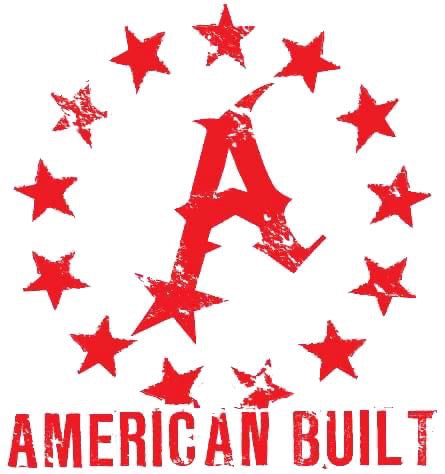Cheap isn’t always a bargain.
The price tag might be low, but the real cost of cheap clothes is buried under layers of exploitation, corner-cutting, and environmental damage. Fast fashion isn’t just bad business—it’s a hollow product of a broken system. When you buy American-made, you’re not just paying for a shirt. You’re investing in quality, transparency, and your own standards.
Here’s what cheap clothing really costs:
Exploited Labor: Most “affordable” clothing is made in overseas factories where wages are pennies per hour, labor laws are optional, and conditions are often abusive. That low cost is subsidized by human suffering.
Zero Accountability: When a shirt passes through five countries and three layers of middlemen, no one’s responsible for quality—or ethics. If something goes wrong, good luck finding who made it.
Waste and Disposability: Cheap materials mean short lifespans. You wear it five times, it falls apart, you buy again. It’s not a deal; it’s a trap. Landfills are packed with fast fashion castoffs.
No Local Benefit: That $10 shirt didn’t build anything here. It didn’t employ anyone. It didn’t contribute to your community. It just left with your money.
Now here’s what American-made gives you in return:
Craftsmanship
Durability is not a coincidence. It’s the result of material selection, skilled labor, and process control. We use U.S.-grown cotton, sourced from known mills with consistent fiber grading, and stitch with industrial-weight thread under controlled conditions. Every unit passes through human inspection because failure points aren’t theoretical. T
They’re known: stress seams, shoulder binds, and neck taping. We eliminate those. If it fails, we adjust the process. If it holds, it enters circulation. This isn’t about luxury aesthetics. It’s about function, longevity, and professional pride.
Traceability
Most brands outsource responsibility and obscure it behind multi-tiered supply chains. We don’t. Our sourcing is linear and verifiable. Inputs are American.
Assembly is domestic. Labor is accountable. If you want to trace a product from raw material to shipping label, we can show you without invoking brand theater. This creates operational clarity, reduces systemic risk, and aligns with the principle of local economic agency. The opposite model is opaque, multinational manufacturing is built on arbitrage and plausible deniability.
Local Impact
Every transaction is a capital transfer. Ours stays domestic. The money moves from buyer to American producers: stitchers, cutters, suppliers, freight operators. Most of them are in towns not on maps. Many are veterans. None of them are invisible.
Domestic manufacturing is not about nostalgia. It’s a self-reinforcing economic structure where consumer decisions fuel skilled employment and re-circulate dollars through local systems. If you buy foreign-made goods, you fund that system instead. It’s not emotional. It’s arithmetic.
Longevity
Fast fashion is a depreciation engine. It offloads cost onto landfills and repeat customers. Our model is amortized wear. One unit, multiple years. High-tensile stitching, reinforced stress zones, and material weight above industry baseline.
This is engineered wearability, not trend-cycle churn. When a product is designed to last, it replaces ten cheap substitutes and exits the landfill loop. It also reduces consumer friction. You don’t need five of the same item if the one you own actually functions.
You can buy cheap. Or you can buy honest.

